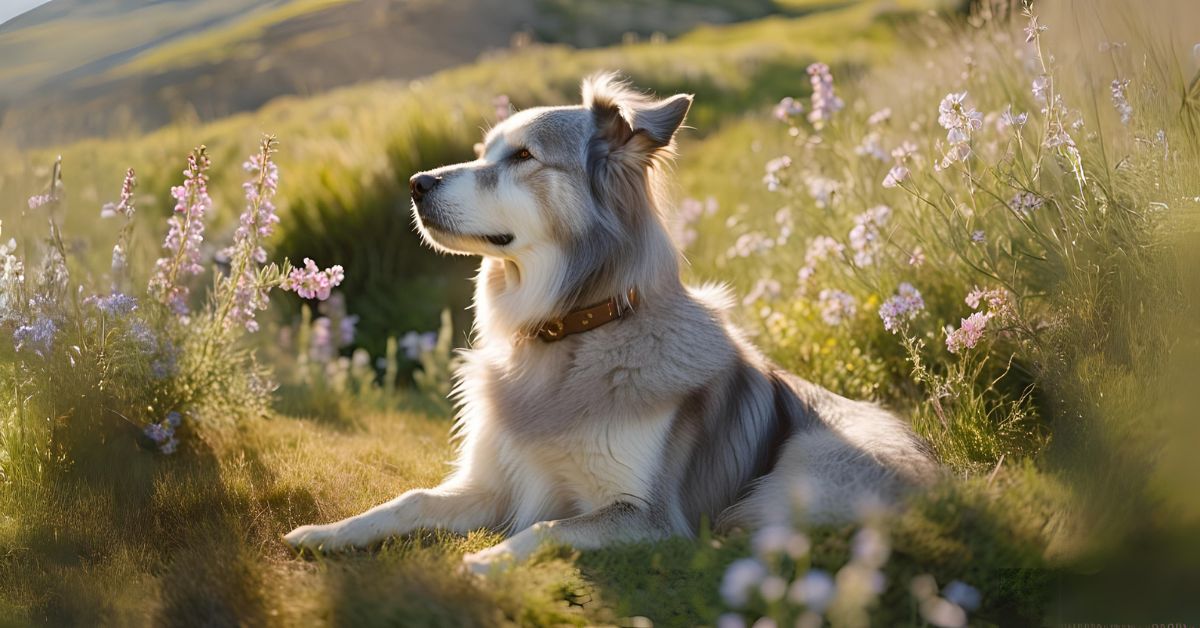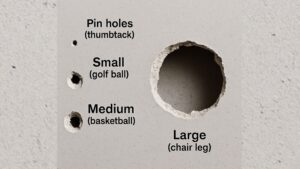Senior Dog Signs: Have you noticed your dog slowing down or behaving differently? Dogs, like people, go through different life stages. When they enter their later years, you’ll see some unique changes. If you spot the signs of an aging dog, you can give your older pup the care and attention they need as they get older.
This guide covers the most common signs your dog is getting old, how aging affects different breeds, and ways to help your older friend in their golden years.
When Does a Dog Become a Senior? Understanding Senior Dog Age
The answer to “When is my dog getting old?” changes based on breed and size:
- Small breeds (under 20 lbs): Reach senior status at 8–10 years
- Medium breeds (21–50 lbs): Become seniors at 7–9 years
- Large breeds (51–90 lbs): Enter senior years at 6–8 years
- Giant breeds (91+ lbs): Turn seniors at 5–7 years
📌 Fun fact: A Great Dane might qualify as a senior dog at 5 years old, while a Chihuahua may not show signs dog is getting old until 10 years old!
Slower Movement and Stiff Joints: Main Indicators of a Dog Getting Older
One of the first aging in dogs is that they don’t move around as easily. You might notice these common signs in aging dogs:
- They pause before jumping onto furniture or going upstairs
- They take their time standing up after lying down
- They limp or seem stiff after walks
- They like shorter walks or sleep more often
🩺 What’s behind this: Dogs, like people, develop arthritis and joint problems as they age. Bigger breeds have a higher chance of getting hip dysplasia and osteoarthritis.
Tip: To help your older dog feel more comfortable and deal with mobility issues, think about giving them joint supplements (such as glucosamine & chondroitin) and getting them orthopedic dog beds.
Vision and Hearing Loss: Signs to Look Out for in Older Dogs
You might not notice right away, but older dogs often have weaker senses. Here’s how you can tell if your dog’s eyesight is getting worse:
- They bump into furniture
- They struggle to find their toys or food
- Their eyes look cloudy (this could mean nuclear sclerosis or cataracts)
Here’s how to spot hearing problems:
- They don’t react when you call their name or give familiar commands
- They get scared when you come near
- They sleep through loud noises
📌 Fact: Research shows that more than 60% of dogs over 10 years old have some hearing loss or vision loss.
Tip: To talk to a dog that’s deaf or hard of hearing, try using hand signals and making vibrations (like stomping your foot).
Changes in Behavior or Personality: Brain-related Signs Your Dog is Getting Old
Has your once-lively dog become withdrawn, annoyed, or disoriented? These behavior changes might indicate Canine Cognitive Dysfunction Syndrome (CDS) — the canine version of dementia. Keep an eye out for these senior dog signs:
- Walking without purpose or direction
- Unable to navigate around obstacles
- Accidents in the house (even if housebroken)
- Barking for no reason
- Appearing confused in familiar surroundings
🧪 The American Veterinary Medical Association (AVMA) reports that more than half of dogs older than 11 exhibit symptoms of cognitive decline.
Tip: Give your dog a routine, keep their mind active, and talk to your vet about treatments or supplements like SAMe or omega-3s to help with behavioral changes in your older dog.
Dental Problems and Bad Breath: Old Dogs Often Have These Issues
Dental issues become more frequent as dogs get old — and they can affect their overall health. Look out for these senior dog health problems:
- Stinky breath
- Too much drooling
- Not wanting to chew or eat hard food
- Teeth that are loose or missing
- Gums that are red or bleeding
🩺 Bad teeth can cause infections, heart problems, and kidney issues in older dogs.
Tip: Book regular veterinary check-ups and give your aging pup senior-specific dental treats to keep their mouth healthy.
Changes in Appetite and Weight: Key Signs in Older Dogs
Look out for these indicators that your older dog’s weight is changing:
- Eating less – this might point to tooth pain, stomach problems, or organ issues.
- Getting heavier – slower digestion, and less movement.
- Losing weight – this could mean illness, muscle shrinking, or trouble absorbing nutrients.
Tip: Ask your vet about food made for older dogs that suits aging bodies and meets the specific health needs of your senior pet.
Sleeping Changes: Typical in Aging Dogs
As dogs get older, their sleep patterns often change. Here are some signs to look out for:
- They sleep more during daytime hours
- They become antsy or walk around at night
- They wake up more often
- They sleep in unusual spots
📌 Changes in sleep can link to discomfort, mental decline, or even a lack of stimulation in older dogs.
Suggestion: A peaceful, snug bed away from loud noises and air currents can help your older dog rest better. Also, be aware that aging dogs may develop temperature sensitivity, so ensure their sleeping area is comfortable.
Sleeping Changes: Typical in Aging Dogs
When an older dog starts having accidents at home, it can be annoying, but it’s not something they can control and is a common sign of a dog getting on in years. Some possible reasons for incontinence include:
- Weak bladder muscles
- Kidney problems
- Mental decline
- Bladder infections (UTIs)
Tip: Monitor accidents and speak with your vet. Belly wraps, pee mats, and regular bathroom trips can help you deal with this part of a dog’s senior years.
🐾 8. Physical Changes: Visible Signs of an Aging Dog
As your dog ages, you may notice several physical changes that are typical signs of an aging dog:
- Greying fur, especially around the muzzle and eyebrows
- Thinning fur or bald patches
- Lumps and bumps under the skin (always have these checked by a vet)
- Reduced activity levels and less interest in play
- Dry or flaky skin
These physical changes are normal parts of the aging process, but it’s always good to consult with your vet about any new developments.
🧬 Extra: How Different Breeds Age
Some dog types age in unique ways or face higher chances of certain health issues. Knowing these can help you spot signs of aging in your dog more easily. Here are some examples:
- Labs: Often get joint pain and become overweight.
- Poodles: Might lose eyesight or develop Cushing’s disease.
- Boxers: Have a higher risk of cancer.
- Shih Tzus: Prone to develop dental disease and breathing problems.
- Rottweilers: Look out for Rottweiler old age symptoms such as joint problems and cancer.
Understanding your dog’s breed-specific risks aids in early detection and improved care as they reach their twilight years.
✅ Ways to Support Your Senior Dog
Here’s what you can do to enhance your dog’s senior years and tackle health issues in older dogs:
🐶 Senior Dog Care Tips:
- Book vet check-ups twice a year
- Stay current with preventative care (dental, flea/tick, vaccinations)
- Include supplements or foods that benefit joints to improve mobility
- Keep a healthy weight through a balanced diet and mild exercise
- Create a calm setting with regular schedules
- Keep their mind active (toys that challenge them, new smells, basic training) to slow down cognitive decline
- Give them extra love — they might stick closer to you or worry more as their behavior shifts
🐕 To sum up: Spot the Changes, Help Them Along
Getting older is natural — and beautiful — for your dog. When you learn to spot these early hints that your dog is getting old, you can take action to boost their comfort, health, and happiness. From helping with movement issues to managing weight changes and mental slowdown, knowing the signs your dog is aging lets you give them the best care you can.
💬 It’s your turn: Is your dog getting old? What differences do you see in your aging pup? Tell us about it in the comments or get in touch on social media.
👉 Need more tips to care for your senior dog? Sign up for our newsletter to get weekly updates, expert tips on handling old age in dogs, and product suggestions for older dogs.





